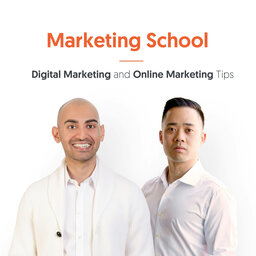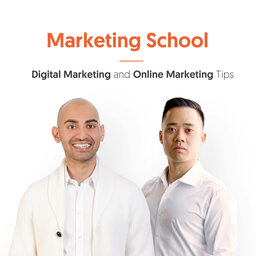What a Marketing Nurture Sequence Is and What You Should be Putting Into It | Ep. #225
In Episode #225, Eric and Neil discuss what a marketing nurture sequence is and what you should be putting into it. Tune in to know how you can successfully nurture your viewers, so they will convert over time.
Time Stamped Show Notes:- 00:27 – Today’s topic: What a Marketing Nurture Sequence Is and What You Should be Putting Into It
- 00:33 – Nurture sequence is going to allow you to talk to people over time and give them value
- 00:51 – When someone first opens your email, you have to nurture them
- 01:20 – Neil shares what his nurture sequence looks like
- 01:33 – Neil builds an emotional connection with his viewers
- 01:40 – After Neil gives his viewers value, that’s when he pitches for his products and services
- 02:00 – Eric shares a lot of podcasts from Growth Everywhere
- 02:27 – Eric’s viewers are interested in marketing and growing their business
- 02:34 – Eric keeps on sharing his content
- 02:48 – One of Neil’s clients took 2 years to sign up
- 03:00 – Eric uses Drip and makes a list of the most important emails
- 04:10 – Neil’s most important lesson from Frank Kern
- 04:22 – “It’s all about the sequences and find out where the holes are”
- 05:20 – Check out Frank Kern’s webinar on contingency
- 05:28 – Frank Kern’s webinars are on Youtube
- 05:40 – Russell Brunson has some good stuff about marketing automation and marketing nurture sequence
- 05:47 – That’s it for today’s episode!
- Nurture your viewers by giving them valuable content.
- Don’t just push your products on your viewers—build that trust and relationship.
- Take a look at your sequence and check for gaps and holes.
Leave some feedback:
- What should we talk about next? Please let us know in the comments below.
- Did you enjoy this episode? If so, please leave a short review.
Connect with us:
Learn more about your ad choices. Visit megaphone.fm/adchoices
 Marketing School - Digital Marketing and Online Marketing Tips
Marketing School - Digital Marketing and Online Marketing Tips


